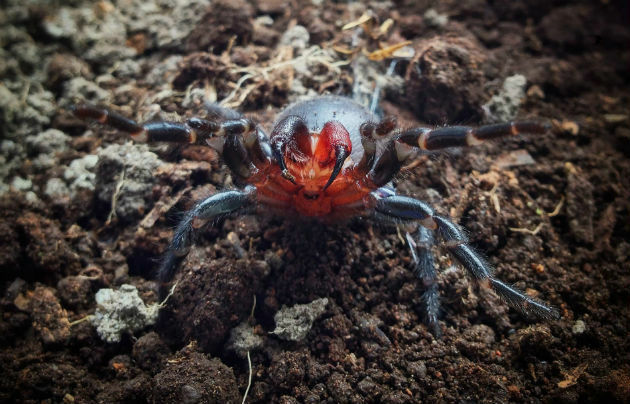The theory of biogenesis admits that all living beings originate from other preexisting living beings.
Before biogenesis, the accepted theory to explain the origin of living things was abiogenesis. Abiogenesis held that living beings originate spontaneously.
For example, the worms that emerged from the corpses of humans and animals were believed to be the result of the spontaneous generation of the putrefaction process.
Many scientists at the time questioned abiogenesis. Louis Pasteur was responsible for definitively overturning abiogenesis. However, until that happens, several scholars carry out experiments to prove and strengthen each of the theories.
Currently, biogenesis is the accepted theory to explain how living things arose on Earth.
Abiogenesis vs Biogenesis: The Defenders
The theory of abiogenesis was the first to emerge. Thus, its advocates go back to earlier times.
You main advocates of abiogenesis were: Jean Baptiste Van Helmot, Willian Harvey, René Descartes, Isaac Newton and John Needhan.
You main advocates of biogenesis were: Ernest Haeckel, Thomas Henry Hurley, Stanley Miller, Lázzaro Spallanzani, Francesco Redi and Louis Pasteur.
Abiogenesis x Biogenesis: the experiments
In 1668, Francesco Redi was the first to question the theory of abiogenesis. For this, he performed an experiment with pieces of raw meat inside closed and open jars.
After a few days, larvae appeared only in the open jars. Redi concluded that the flies laid eggs in the open jars. As no larvae appeared in the closed jars, it was demonstrated that living beings did not appear spontaneously.
Redi's experiment proved that living organisms can only emerge from another preexisting life form.
Learn more about Redi experiment.
However, in 1745, John Needham again reinforced the theory of abiogenesis. He carried out an experiment in which he heated, in test tubes, nutritious broths with food. The test tubes were closed to keep out air and life forms, and heated again.
Over the days, microorganisms appeared inside the tubes. Needham concluded that these beings arose by spontaneous generation, because by heating the tubes all living forms were eliminated. He concluded that there was a "vital force" that was responsible for the emergence of microorganisms.
Thus, the theory of abiogenesis regained strength.
Learn more about Abiogenesis.
In 1770, Lazzaro Spallanzani questioned Needham's experiment.
He performed the same experiment as Needham, but placed the nutrient broth in hermetically sealed flasks and boiled them. After a few days, he noticed that there were no microorganisms.
Spallanzani concluded that Needham had not boiled his nutritional broths long enough and the microorganisms were not completely eliminated.
Needham responded by saying that Spallanzani had boiled the nourishing broth for too long and had destroyed the "life force." In these cross-experimental questions, Needham came out ahead and abiogenesis continued to be strong.
In 1862, Louis Pasteur he performed an experiment to definitely knock down abiogenesis.
He experimented with nutrient broths in swan-neck balloons. By boiling the liquid and breaking the neck of the balloon, microorganisms appeared. As long as the neck was not broken, the microorganisms did not appear.
Pasteur proved that boiling did not destroy any "active force", it was enough to break the neck of the balloon and the microorganisms emerged. Thus, biogenesis was accepted as the theory to explain the emergence of living beings.
Know more about:
- Abiogenesis and Biogenesis
- Origin of life
- Origin of Life Exercises



